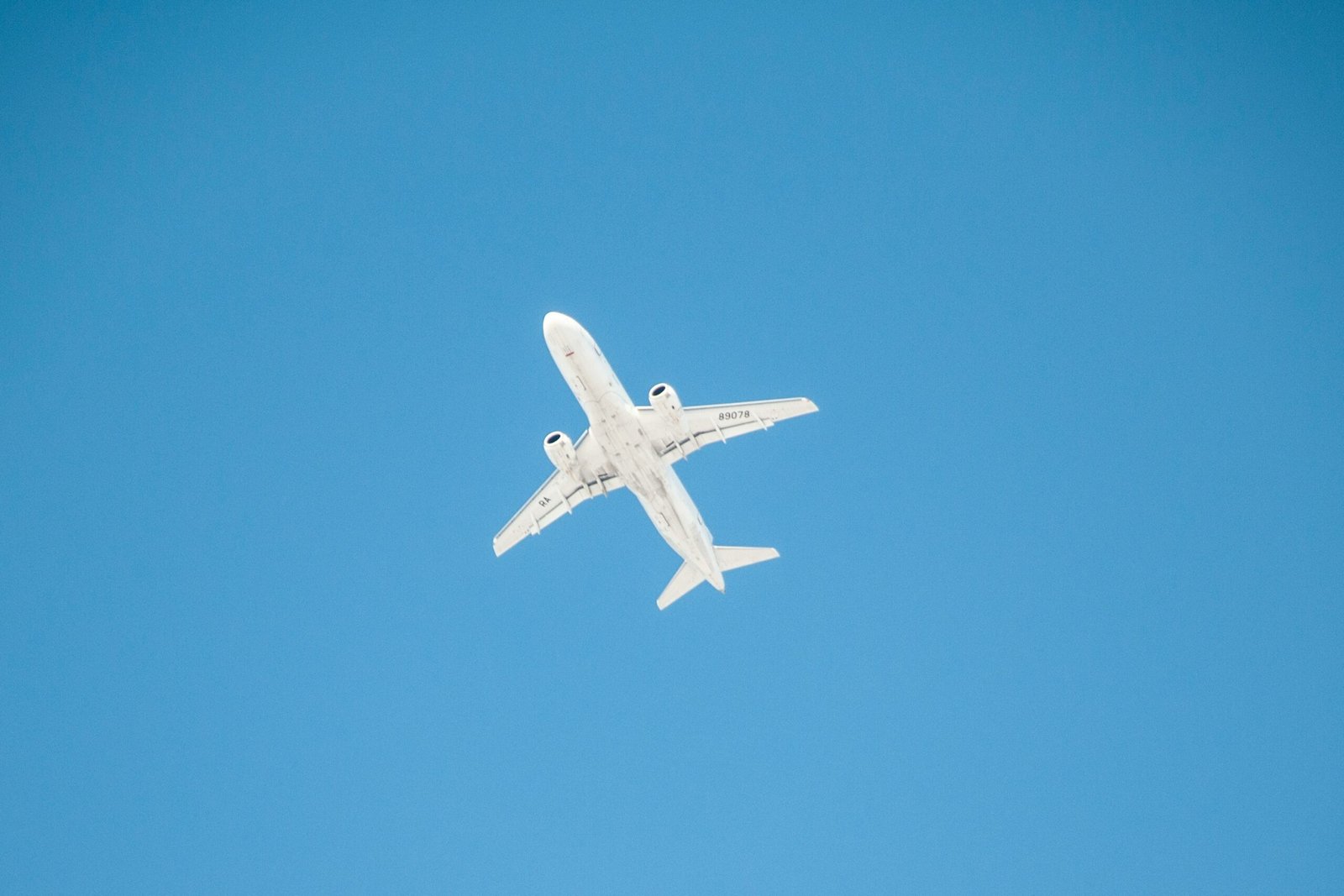Introduction
On May 9th, 2012, a tragic event occurred when a Sukhoi Superjet 100 airliner crashed into Mount Salak in Indonesia during a demonstration flight. This devastating incident resulted in the loss of all 45 people on board. The crash was attributed to pilot error and the disabling of the plane’s advanced warning systems. The consequences of this event were far-reaching, not only in terms of the lives lost but also in the setback it posed to Sukhoi’s plans to market the jet internationally.
Background
The Sukhoi Superjet 100, developed by the Russian aircraft manufacturer Sukhoi Civil Aircraft, was intended to be a game-changer in the aviation industry. With its advanced technology and promising features, the Superjet 100 aimed to compete with established aircraft manufacturers such as Boeing and Airbus. The crash in Indonesia in 2012, however, cast a shadow over these ambitions.
The Crash and Investigation
The ill-fated flight took place as part of a promotional tour to showcase the capabilities of the Sukhoi Superjet 100 to potential buyers in Indonesia. The aircraft departed from Jakarta’s Halim Perdanakusuma Airport and was scheduled to return after a short flight. Tragically, the plane crashed into Mount Salak, a dormant volcano located southwest of Jakarta.
The subsequent investigation revealed that the crash was primarily due to pilot error. The crew, in an attempt to please the potential buyers on board, deviated from the approved flight path and descended below the minimum safe altitude. This decision, coupled with poor visibility and unfamiliarity with the terrain, led to the collision with Mount Salak.
Another contributing factor was the disabling of the plane’s advanced warning systems. The investigation found that the Ground Proximity Warning System (GPWS) and the Enhanced Ground Proximity Warning System (EGPWS) were turned off during the flight. These systems are crucial in providing alerts to pilots when the aircraft is in danger of colliding with the ground or other obstacles.
Impact and Aftermath
The crash of the Sukhoi Superjet 100 in Indonesia had significant implications for both the aviation industry and Sukhoi Civil Aircraft. The loss of all 45 people on board was a devastating tragedy that highlighted the importance of adhering to safety protocols and the consequences of pilot error.
Furthermore, the incident dealt a severe blow to Sukhoi’s plans to market the Superjet 100 internationally. The crash raised concerns among potential buyers about the safety and reliability of the aircraft. This setback hindered Sukhoi’s efforts to compete with established manufacturers like Boeing and Airbus, who already had a strong foothold in the global aviation market.
In the aftermath of the crash, Sukhoi Civil Aircraft faced numerous challenges in regaining the trust of potential customers. The company had to address the issues of pilot training, safety protocols, and the reliability of the Superjet 100’s advanced warning systems. These efforts were crucial in rebuilding confidence in the aircraft and assuring potential buyers that the necessary measures had been taken to prevent similar accidents in the future.
Conclusion
The Sukhoi Superjet 100 crash in Indonesia on May 9th, 2012, was a tragic event that claimed the lives of all 45 people on board. The crash was attributed to pilot error and the disabling of the aircraft’s advanced warning systems. This incident had far-reaching consequences, not only in terms of the lives lost but also in terms of the setback it posed to Sukhoi’s plans to market the Superjet 100 internationally.
The crash served as a stark reminder of the importance of adhering to safety protocols and the need for comprehensive pilot training. It also highlighted the significance of advanced warning systems in ensuring the safety of flights. Despite the challenges faced by Sukhoi Civil Aircraft in the aftermath of the crash, it remains crucial for the aviation industry to learn from such incidents and continuously strive to improve safety standards.

